96. Necessity
How we get what we need. Animation in Dragonframe; words in Martha's Vineyard, a $25, twenty-hour-sustaining, sandwich. Singularity.
No, you can't always get what you want
You can't always get what you want
You can't always get what you want
But if you try sometime you'll find
You get what you need—Rolling Stones, 1969
I’m currently in the air, en route to Martha’s Vineyard.
For one week, I’ll be living and working out of a three-story house with twenty or so other writers. About sixty poets, novelists, and creative nonfiction folks in all, spread across a handful of homes. I think everyone is published in some capacity; I’m looking forward to a level of craft. On Wednesday, I have a manuscript session with an editor. By Saturday I’d like that essay ready to submit, and another one drafted.
I’m behind on my word-work so this will be good. At the same time, I’ve been making progress on my film and am anxious about breaking away while things are hot. Working on two projects in parallel has been challenging. “It’s all one thing” feels like a koan of some kind; the answer revealing itself in the shifting light if you look at it just so; lost again at the slightest change in attitude or circumstance.
Work does require time away, not because of fatigue, but because of inevitable exposure blindness—I’m seeking a sweet spot in muscle memory, where the mechanics of context-switching feel more like shifting gears on a car; less like parking one and getting into another. In any case, I rushed to get as much animation in as possible before departure, so that I could time the shift with necessity.
In the studio
I’m working on a primer for my next animated short film, taking the opportunity to explore Dragonframe.
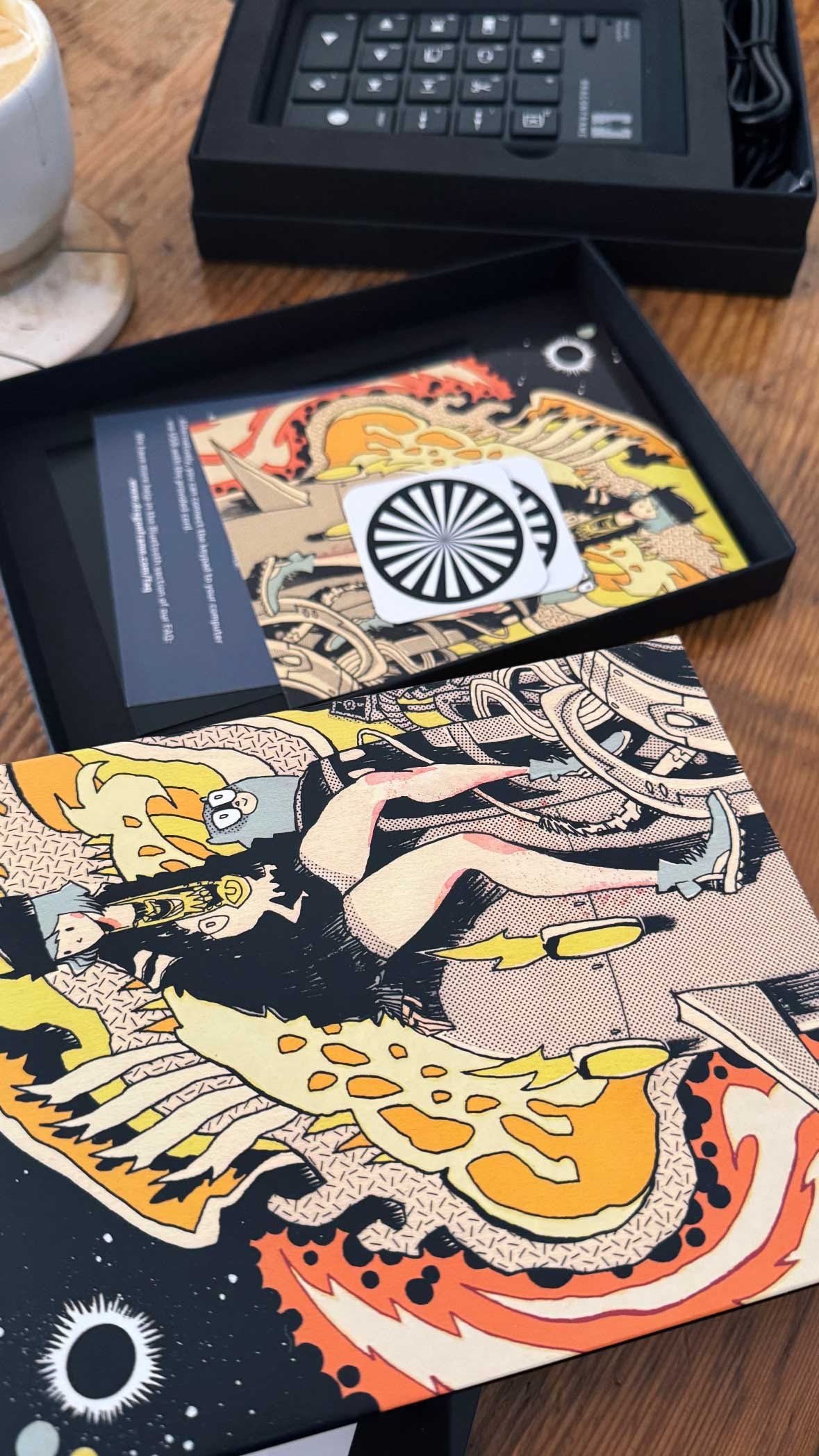
Inbetweening and editing digitally is extremely convenient. Animating on paper is…not.
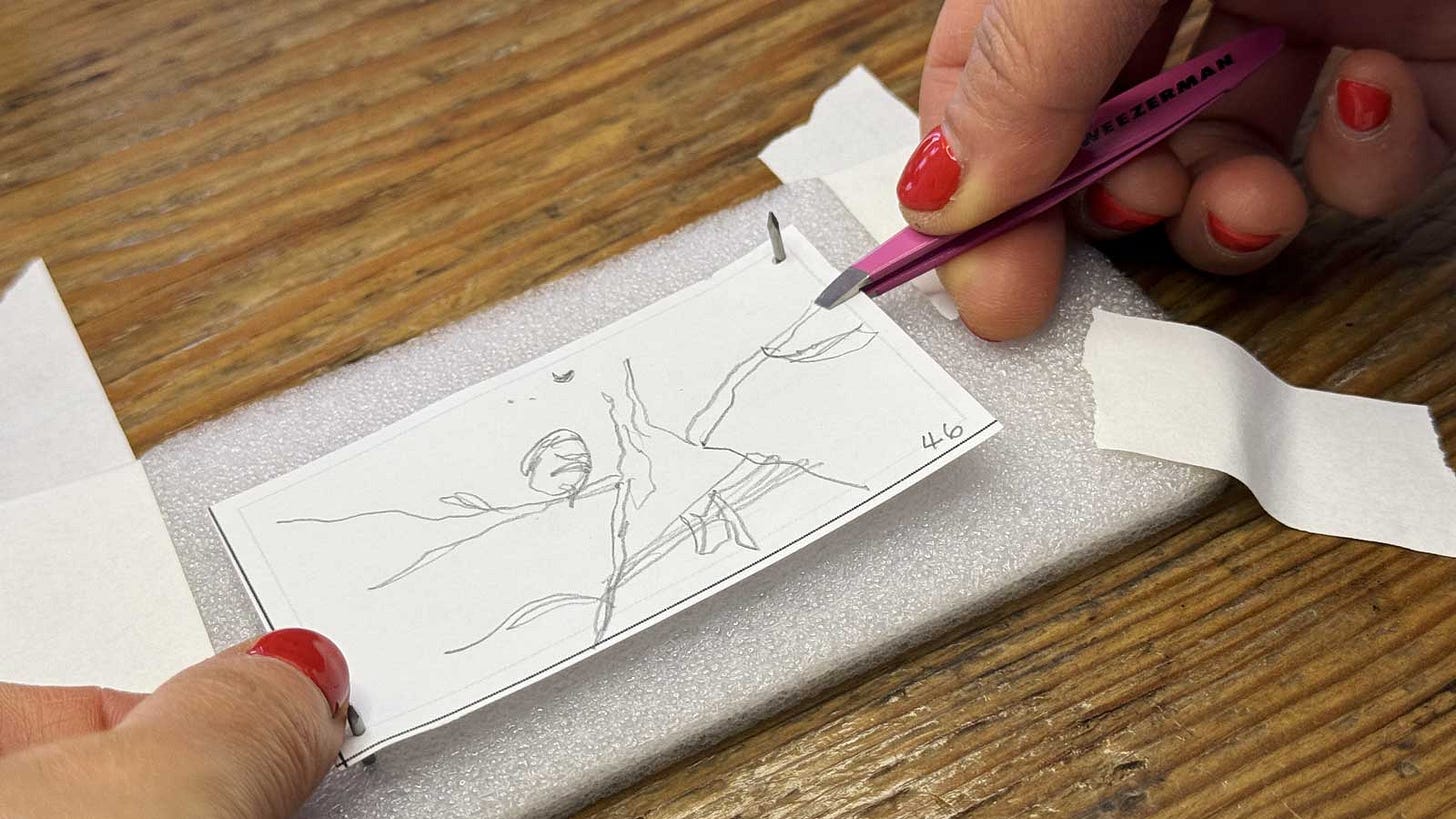
Flipping for instance, is very hard on paper (I’m no Aaron Blaise). In order to review a sequence, I also have to scan every drawing, pull those scans into an ordered and aligned sequence, then run through in Finder/Preview/Photoshop…however interesting in its own way, and sometimes even desirable, the process can feel like a drag.
The lightbulb moment was when I realized that I could use Dragonframe to close this gap. I can review shots as I go—something that feels high-friction with scans. Being able to quickly flip between, run through, reorder, and reshoot, paper drawings, is a game changer.
I spent the first 200 or so drawings getting used to Dragonframe and animating on paper. This requires different muscles than I’m accustomed to using; employing an iPhone SE instead of a dedicated camera, also adds a level of complexity.
Jitter is a byproduct of animating tiny drawings, being unconcerned with polish, trying to move and learn fast. Serendipitously, I was surprised at how much I liked the effect of wandering registration; there’s a certain charm to it. I think that with intention, especially in graphite, it could be really cool.
In the first pass I noticed undesirable easing and speed at the end:
After I revised and added some drawings though, I felt like the hand was rising up instead of being revealed—also undesirable:
After increasing synchrony:
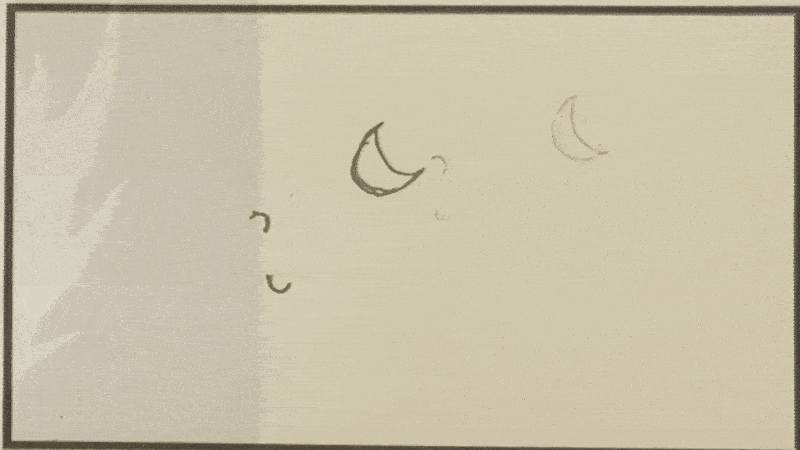
Since I’m aiming for progressive polish, I’m moving on instead of continuing to tinker. Here’s a peek at process so far (sequence, inset):
By the way, Dragonframe doesn’t talk much about keyboard shortcuts, but they do exist:
And thankfully, they can be customized. The DF keypad oddly has an End key but no Home key, so I rewired the Toggle (“Reinforce Laziness?”) key to go Home instead. It happens to be located just above the Step Back key, and that feels both logical and ergonomic.
Slowly but surely:
Overall, I’m feeling good about things.
A crit session with an animator who has a lot more experience with Dragonframe (thanks Amanda!) answered additional questions + gave me ideas for refining my setup:
Set up where I can leave things set up (“otherwise you’re just going to get annoyed”)
Use masking tape to create a corner for solid registration every time (omg so much easier)
Shoot with plexiglass over the paper to mitigate curling (GENIUS)
Conform! I know, I never thought I would advise such a thing—but Dragonframe only autosaves shots and their original sequence—not subsequent edits. “Conforming” is the effective way to save those. (The number of words people use to say this, btw, is truly mindblowing.)
Avoid exporting images from Dragonframe, which could lead to degradation; copy them from the folder it saves high fidelity versions of shots, instead.
Lastly—these puzzling cards came with the keypad:
After much nosing and asking around, I discovered that they’re called, variously: registration markers, registration charts, alignment charts, focus charts, cinematography focus target charts, Siemens Stars, Indian-head test patterns, or Spoke targets.
You use them to calibrate cameras or line up shots.
Lol (all the names!) but also, cool.
Provisions
The Madame Freda at Jack’s Wife Freda
is a ”pressed sandwich with duck prosciutto, cheddar béchamel, gruyère & a sunny side up egg.” It is one of those vulgar things that is also unexpectedly and spectacularly satisfying. It makes a Saturday shinier than it was before. Yes, it is $25 USD. It is not for every day. Although, if I eat the whole thing—and I say this without hyperbole—I don’t need to eat again for 18 to 20 hours. So, for me, it works out OK.Cauliflower Chickpea Curry by Jess Damuck.
My secret is using a can of Trader Joe’s Greek Chickpeas. Those cans have a ton of sodium in them (probably why it’s so yummy), so if you use one, no need to add any extra to the curry. Very filling. Details in Damuck’s wonderful book Health Nut.The Lover by Marguerite Duras.
Reading this in high school kicked off my life-long Duras obsession. I devoured most of her work in college, where I translated, and majored in, French. This short, relatively accessible, work is like a photograph in words (I’ve used the same words to refer to a very different kind of novel, Autobiography of Red, by Carson). It’s a striking experience and I wish for everyone time with it at least once. And from June 11th to the 18th, you can read it with A Public Space."Pride & Diversity."
Additional animated shorts are now available during Pride Month on Animation Showcase. Available to industry folks, one month only.
In closing, singularity
As I enter a week of writing, the only thread connecting my words and my film becoming, increasingly, on the surface, just me, I find that thinking less, and trying less arduously to be singular, allows me, at a certain point, to entertain a Matrixy “there is no spoon” state of mind. (Yes I’m channeling Thomas Bernhard with that sentence.) I’m telling stories; all the stories come from the same place (though they may look unrelated at first glance). I’m staying in the same room, in the same car; I’m just shifting gears. I want to get good at feeling that I’m just turning my head, I’m already there—that I don’t need to try so hard to be.


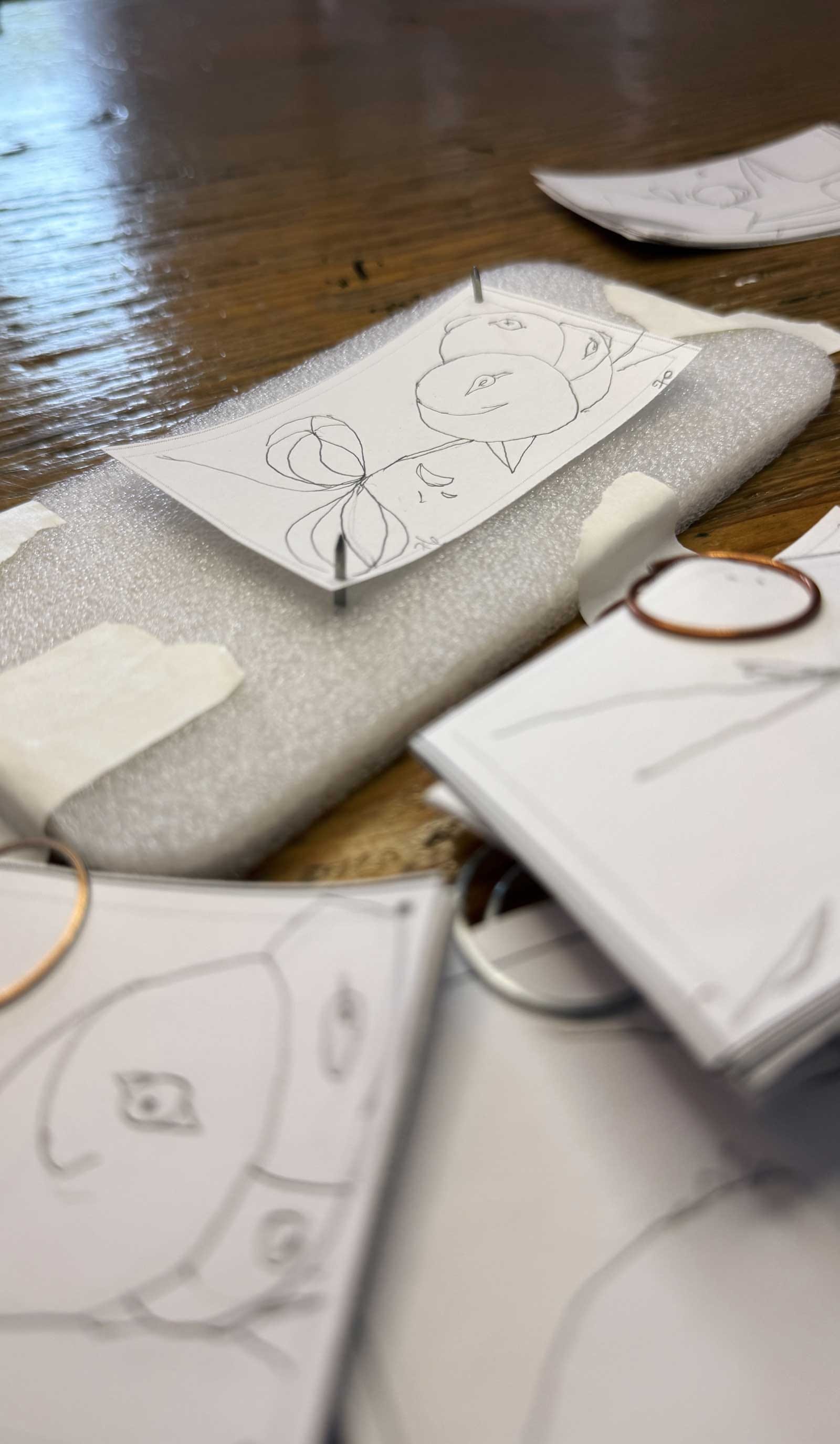


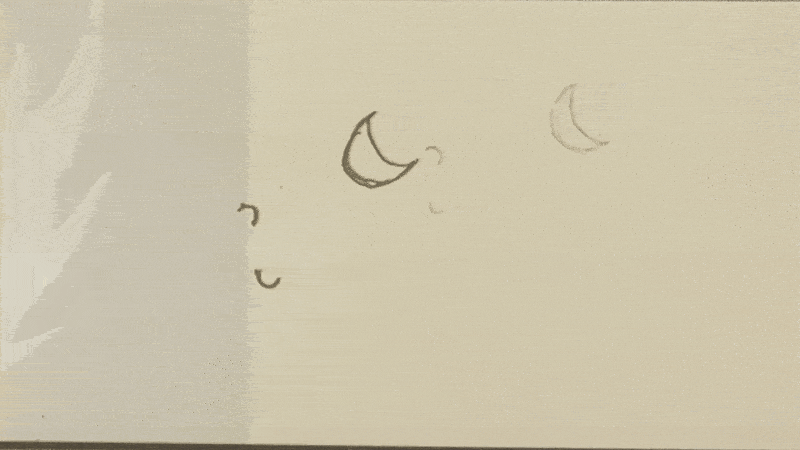



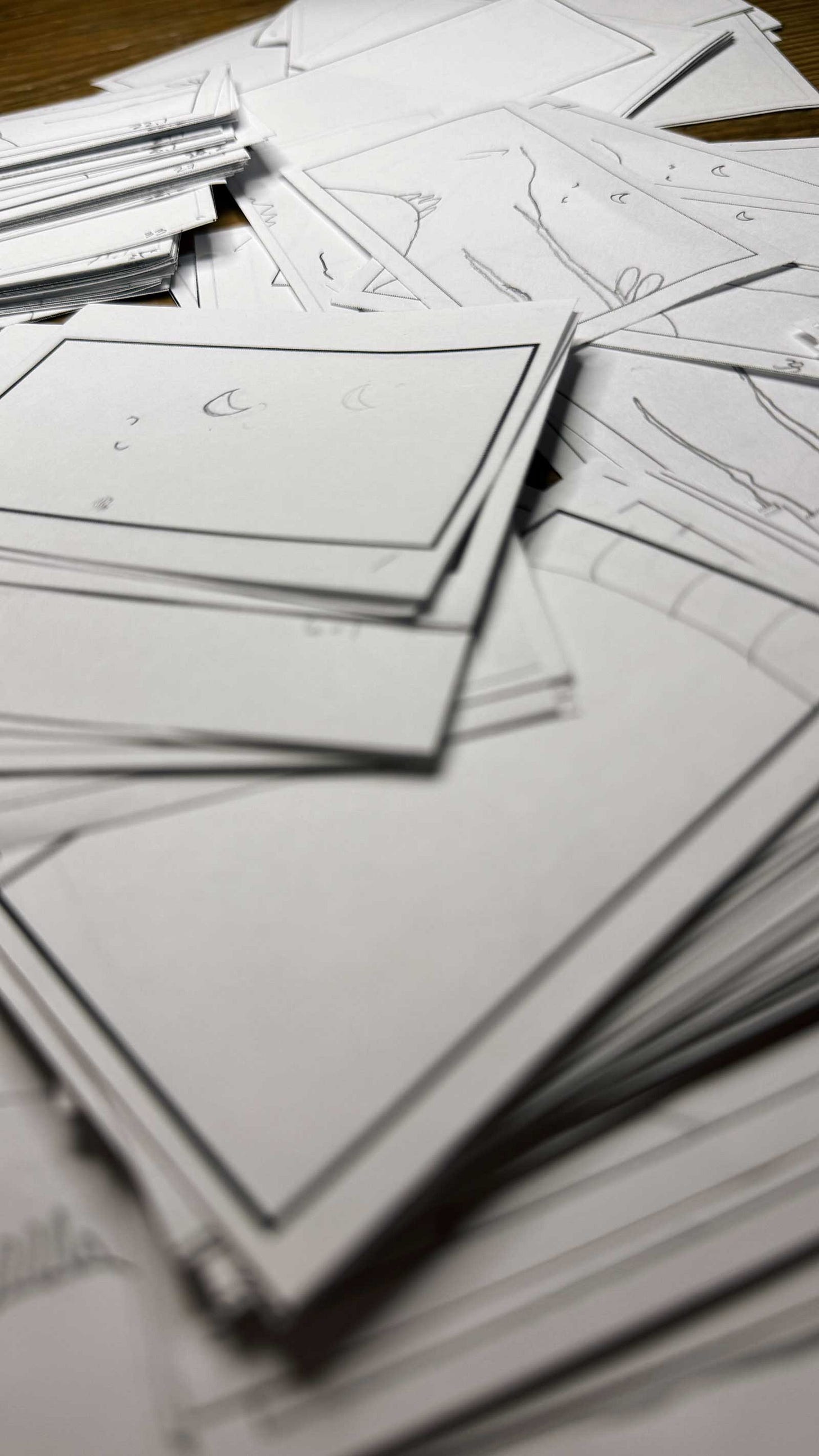
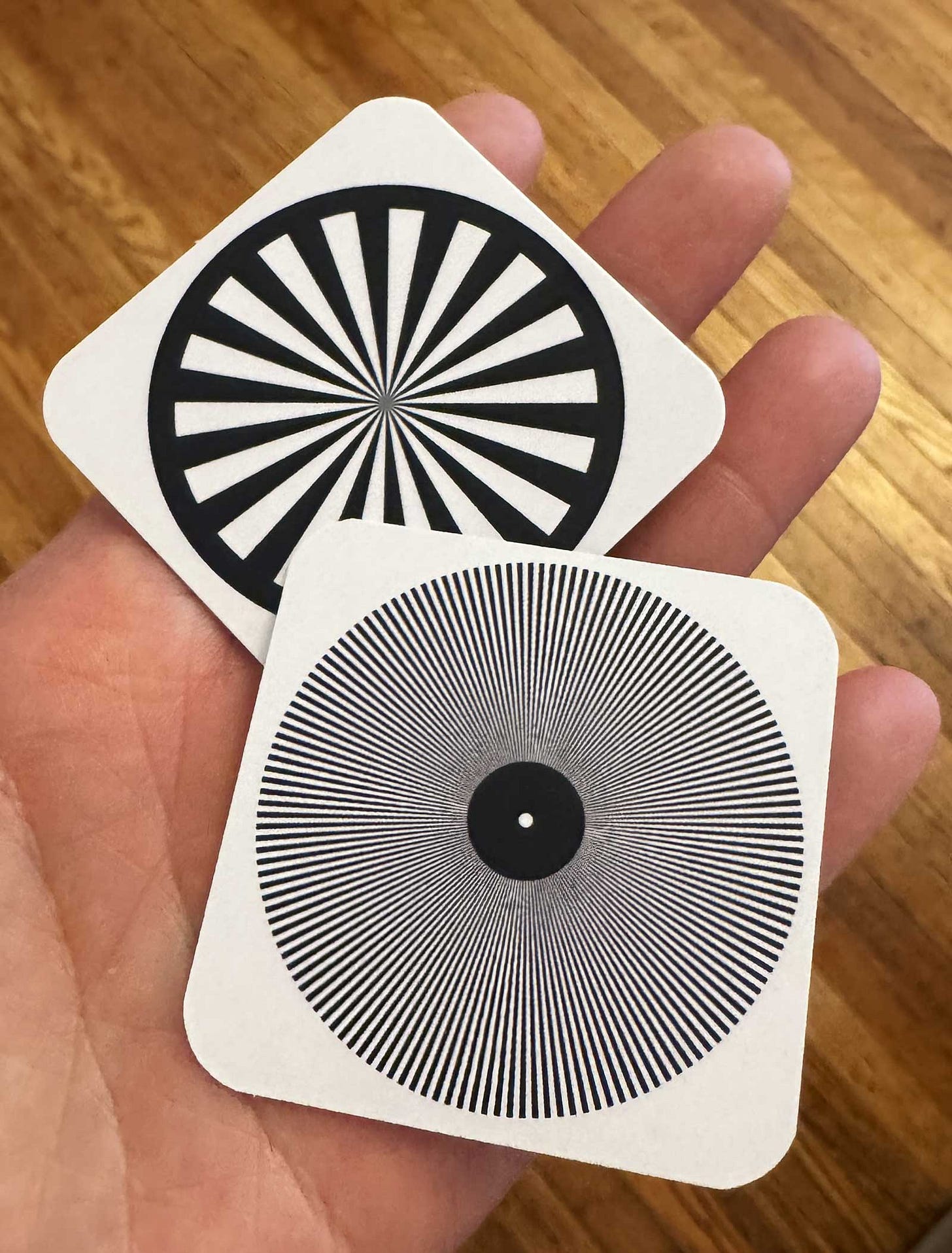
I love seeing a glimpse of your WIP. Thanks for sharing with us.